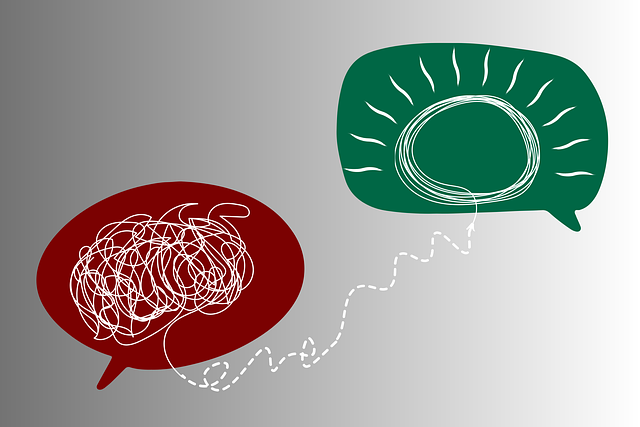Lone Tree Stress Management Therapy demonstrates that understanding community dynamics is key to successful outreach. By engaging local stakeholders, identifying specific needs like loneliness or homelessness, and tailoring interventions, organizations can effectively reach those in need of mental health support. This strategy fosters trust and connection. Measuring impact through quantitative (participant numbers) and qualitative (feedback) data, along with long-term policy analysis, ensures programs remain relevant and beneficial, continually adapting to community requirements.
Community outreach programs play a vital role in enhancing well-being, especially in areas like Lone Tree, where stress management is key. This article explores strategies for implementing successful initiatives, focusing on understanding local needs and target groups. We’ll delve into designing engaging activities, from therapy sessions to community events, tailored to specific demographics. Additionally, we’ll discuss measuring impact, ensuring long-term sustainability, and the power of these programs in fostering a healthier, more connected Lone Tree.
- Understanding Community Needs and Identifying Target Groups
- Designing Effective Outreach Strategies and Activities
- Measuring Impact, Evaluating Success, and Sustaining Programs
Understanding Community Needs and Identifying Target Groups

Understanding the unique needs of a community is paramount when designing and implementing outreach programs. By engaging with local residents, community leaders, and existing services, organizations can identify pressing issues and target specific groups for support. This may include individuals facing loneliness and stress, as highlighted by the success of Lone Tree Stress Management Therapy in fostering connection and inner strength. The program’s effectiveness underscores the importance of tailoring interventions to the distinct needs of various communities.
Effective outreach requires a nuanced approach, particularly when addressing vulnerable populations. Identifying at-risk groups, such as the elderly, youth facing challenges, or individuals experiencing homelessness, allows for targeted initiatives. Programs focusing on resilience building and crisis intervention guidance can empower these groups by providing essential tools for navigating life’s difficulties. Ultimately, recognizing and catering to diverse community needs ensures that outreach efforts resonate with those they aim to support.
Designing Effective Outreach Strategies and Activities

Effective community outreach programs require well-designed strategies that resonate with the target audience. When implementing initiatives like Lone Tree Stress Management Therapy, understanding the unique needs and challenges of your community is key. Conducting a thorough risk assessment for mental health professionals can help identify potential issues and tailor interventions accordingly. Engaging in activities that promote conflict resolution techniques and mood management will foster an environment where individuals feel supported and empowered to seek help.
Successful outreach goes beyond one-time events; it involves sustained engagement through regular workshops, peer support groups, and accessible online resources. By combining these efforts with a focus on building trust and creating safe spaces, community members are more likely to embrace programs that address their mental health needs. This holistic approach ensures that services like Lone Tree Stress Management Therapy not only reach but also profoundly impact those they serve.
Measuring Impact, Evaluating Success, and Sustaining Programs

Measuring the impact of community outreach programs is a crucial step in evaluating their success and ensuring long-term sustainability. Organizations like Lone Tree Stress Management Therapy can employ various strategies to assess the effectiveness of their initiatives. By gathering quantitative data, such as participant numbers and program completion rates, they can gauge immediate reach. Additionally, qualitative feedback from participants through surveys or interviews provides valuable insights into the perceived benefits, including improved emotional regulation and stress reduction methods.
Evaluating success goes beyond immediate outcomes. It involves a comprehensive Mental Health Policy Analysis and Advocacy approach to understand the broader impact on the community’s mental health. This includes assessing whether the programs have contributed to changing attitudes, increasing access to support services, and fostering an environment that promotes better emotional well-being. Sustaining these initiatives requires continuous evaluation, allowing organizations to adapt their strategies, address challenges, and ensure the programs remain relevant and beneficial to those they serve.
Implementing successful community outreach programs, like those offering Lone Tree Stress Management Therapy, requires a strategic approach. By understanding community needs, identifying specific target groups, and designing tailored activities, organizations can make a significant impact. Measuring the program’s success and sustaining these initiatives are crucial steps to ensure long-term benefits for the community. This holistic process empowers communities and fosters well-being, ultimately enhancing the quality of life for all.











